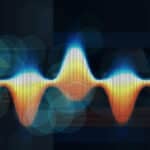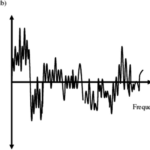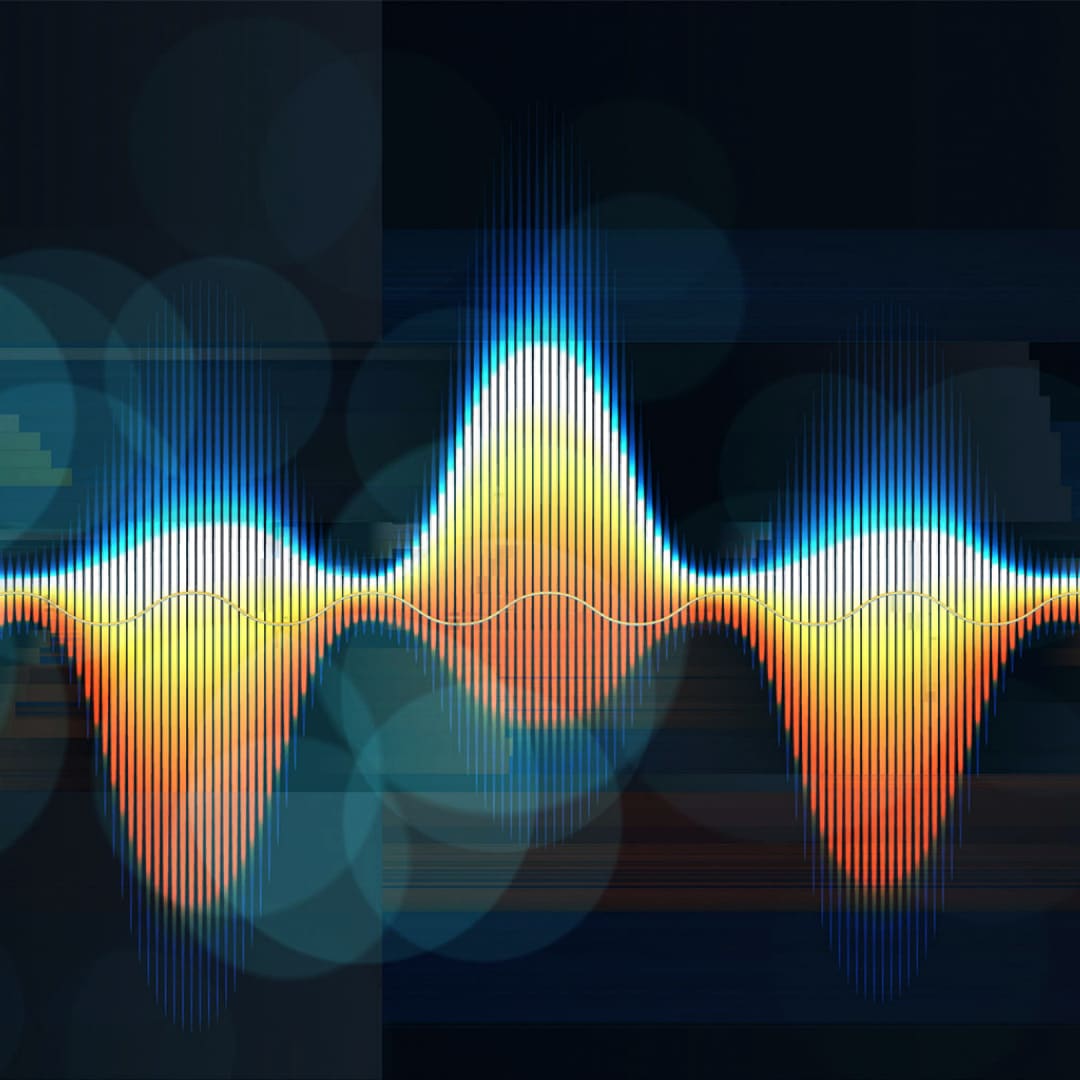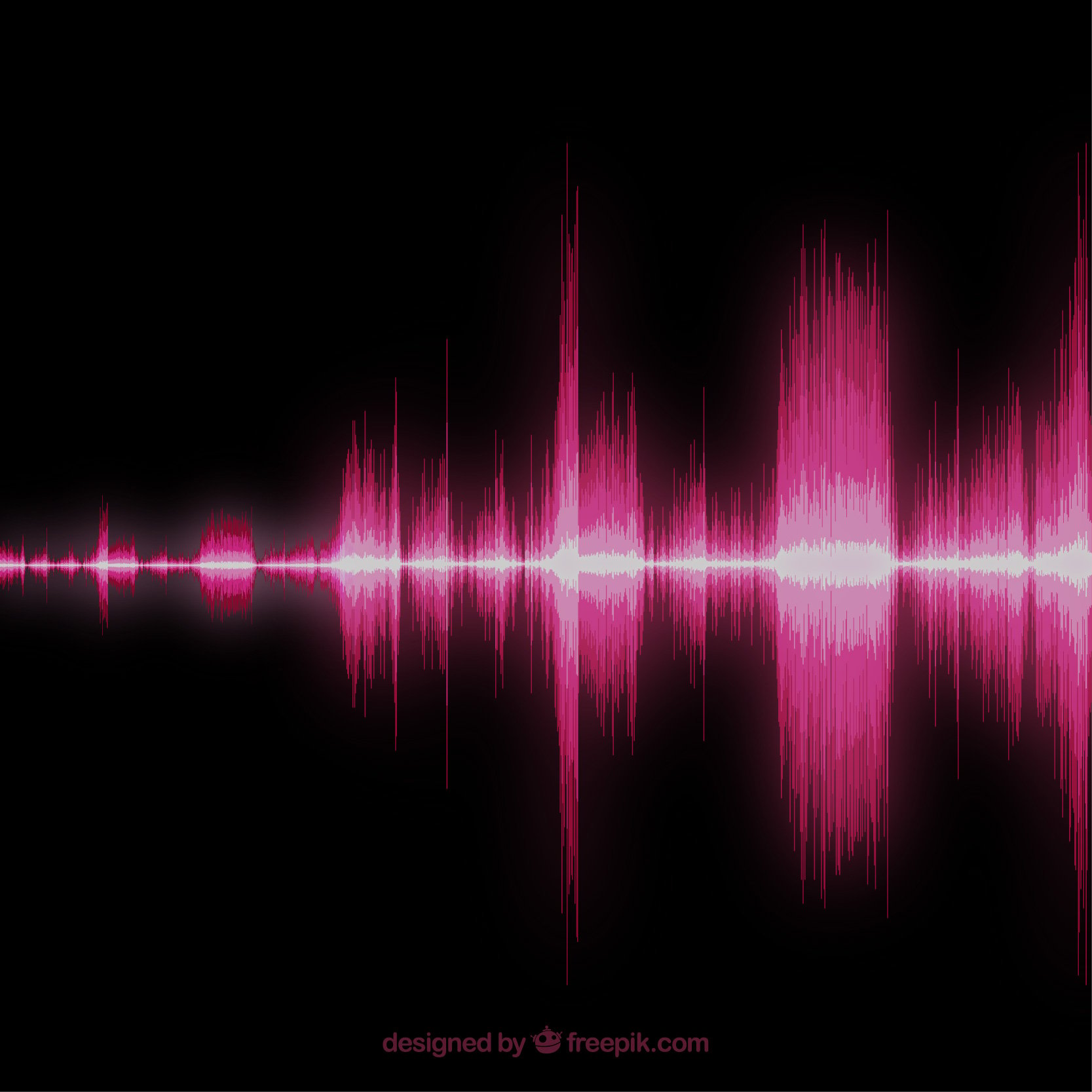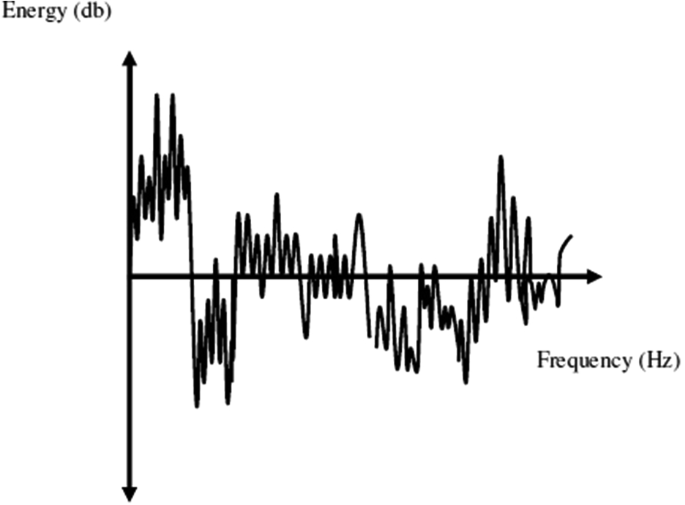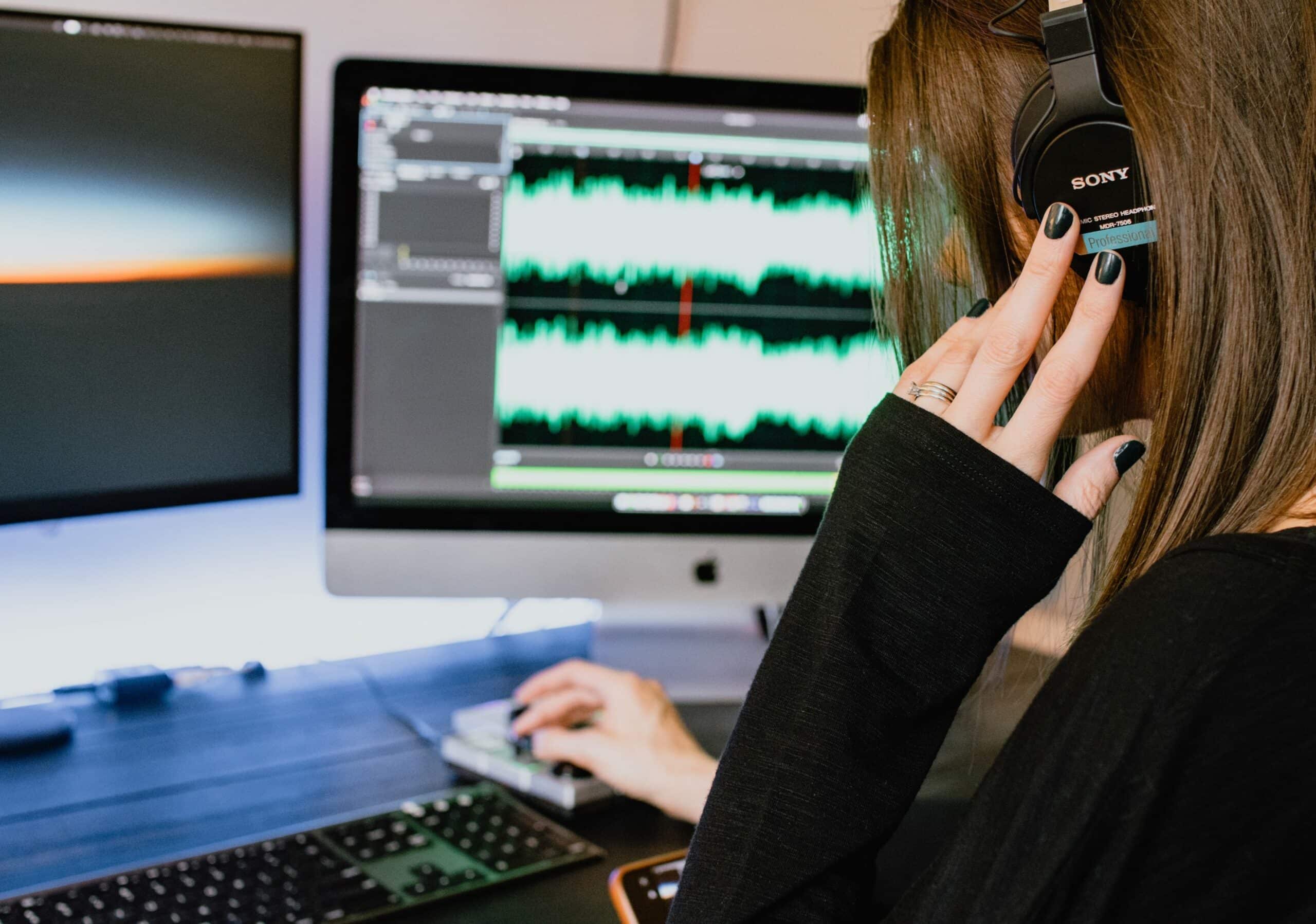Are you struggling with identifying speakers in audio clips? Trust me, I’ve been there too. As an expert in voice forensics, I’ve discovered that understanding and analyzing vocal characteristics can be the key to successful speaker identification.
In this article, we’ll take a deep dive into the world of audio forensics and provide insights on how to use vocal characteristics for reliable speaker recognition – techniques that have even been used in court proceedings! Get ready to uncover secrets hidden within sound waves.
Key Takeaways
- Vocal characteristics such as pitch, spectral envelope, formants, voice quality, and speaking rate are crucial for accurate speaker identification in audio forensics.
- Acoustic analysis, speech pattern recognition, and voice biometrics are important techniques used to analyze vocal characteristics in audio forensics.
- The applications of vocal analysis in audio forensics include speaker identification, voice comparison, voice authentication, and forensic linguistics.
- Advancements in technology have led to more accurate and reliable methods of analyzing vocal characteristics for speaker identification purposes.
Vocal Characteristics for Speaker Identification

Vocal characteristics, such as pitch, spectral envelope, formants, voice quality, and speaking rate play a crucial role in speaker identification in audio forensics.
Pitch
From the deep rumble of a baritone to the high trill of a soprano, pitch is one of the essential vocal characteristics forensic experts focus on when conducting speaker identification. It’s more than just whether a voice sounds ‘high’ or ‘low’, pitch can reveal nuanced details about an individual’s speech pattern.
Our pitch varies with our mood, stress level, and health status – it’s intrinsically tied to who we are. In forensic audio analysis, trained professionals use sophisticated software to measure these variances in frequency within recorded voices accurately.
The goal? To develop an acoustic fingerprint that aids in differentiating one voice from another reliably. Crucial in criminal investigations, mastering the science behind pitch analysis helps identify speakers even when they try altering their natural tone deliberately.
This precision underlines why voice forensics has evolved into such an important tool today and continues gaining traction rapidly among law enforcement agencies worldwide.
Spectral Envelope
The spectral envelope is an important vocal characteristic that plays a crucial role in audio forensics for speaker identification. It refers to the overall shape of the frequency spectrum of a person’s voice.
By analyzing the spectral envelope, forensic experts can gain insight into various aspects of the speaker’s voice, such as their unique vocal tone and timbre.
The spectral envelope provides valuable information about the distribution of energy across different frequency bands in a person’s speech signal. This analysis allows forensic scientists to extract specific features, such as formants, which are resonant frequencies produced by the human vocal tract during speech production.
These extracted features help in distinguishing between speakers and can be used to compare unknown voices with reference recordings for identification purposes. The spectral envelope analysis is an essential technique that forms part of acoustic analysis methods used in audio forensics.
Formants
Formants are essential vocal characteristics used in audio forensics for speaker identification. Formants refer to the resonant frequencies produced by the vocal tract during speech. These frequencies are unique to each individual and can provide valuable information about their identity.
By analyzing formants, experts can determine specific patterns that help distinguish one person’s voice from another. This process involves examining the peaks and valleys of a spectrogram, which represents the frequency content of a sound signal over time.
By identifying these formant patterns, forensic scientists can contribute to accurate speaker identification analysis in legal proceedings and criminal investigations.
Voice Quality
In audio forensics, voice quality is a crucial vocal characteristic used for speaker identification. Voice quality refers to the unique and distinct attributes of an individual’s voice that set them apart from others.
It encompasses factors such as timbre, resonance, breathiness, hoarseness, and nasality. By analyzing these vocal qualities in audio recordings, forensic experts can extract valuable information that aids in identifying unknown speakers and distinguishing them from others.
For example, the examination of laryngeal voice quality acoustics can provide evidential strength under the likelihood-ratio framework in forensic voice analysis. This allows forensic scientists to utilize advanced technology and techniques to analyze vocal characteristics effectively for accurate speaker identification in criminal investigations.
Speaking Rate
Speaking rate refers to the speed at which a person speaks. It is an important vocal characteristic that can be analyzed in audio forensics for speaker identification purposes. By analyzing speaking rate, forensic scientists can gather valuable information about a person’s voice and compare it to known voices.
Research has shown that individuals have unique patterns of speaking rate, influenced by factors such as their cultural background, language proficiency, and speech habits. By extracting data on speaking rate from questioned recordings and comparing it to reference samples, experts can determine if the voices match or if there are significant differences.
This analysis technique contributes to the field of forensic phonetics and assists in identifying unknown speakers in criminal investigations.
Techniques for Analyzing Vocal Characteristics

Analyzing vocal characteristics in audio forensics requires the utilization of various techniques such as acoustic analysis, speech pattern recognition, and voice biometrics.
Acoustic Analysis
In acoustic analysis, the characteristics of a person’s voice are examined and measured using sound waves. This involves analyzing various aspects such as pitch, spectral envelope, and formants.
By studying these vocal features, forensic experts can extract valuable information to aid in speaker identification. Acoustic analysis plays a crucial role in audio forensics by providing objective data that can be used to compare voices and determine if they belong to the same individual.
It is an essential technique utilized in the field of forensic phonetics for its ability to provide quantitative measurements of voice quality and speaking rate. This allows experts to distinguish between different speakers, even when faced with challenges like background noise or attempts at mimicry.
Speech Pattern Recognition
In the world of audio forensics, speech pattern recognition is a vital technique for analyzing vocal characteristics in order to identify speakers. This process involves identifying distinct patterns and unique features within an individual’s speech.
By examining elements such as rhythm, intonation, and pronunciation, forensic experts can extract valuable information for speaker identification purposes. With advancements in technology and the use of algorithms, speech pattern recognition has become more accurate and reliable in determining whether a particular voice belongs to a specific individual.
It plays a crucial role in criminal investigations by helping investigators match unknown voices to potential suspects or establish connections between different recordings. Understanding the significance of speech pattern recognition allows us to appreciate its impact on audio forensics and its contribution towards uncovering the truth behind recorded evidence.
Voice Biometrics
In the field of audio forensics, voice biometrics plays a crucial role in speaker identification. By analyzing vocal characteristics, experts can determine unique voice features that are distinct to an individual.
This technology utilizes advanced algorithms to extract and analyze various aspects of the voice, such as pitch, spectral envelope, formants, and voice quality. Voice biometrics offers a reliable method for identifying unknown speakers by comparing their vocal patterns with known exemplar voices or reference recordings.
It provides valuable evidence in criminal investigations where the identity of a speaker needs to be established. The accuracy and effectiveness of voice biometrics have contributed significantly to improving speaker identification techniques in audio forensics.
Applications of Vocal Analysis in Audio Forensics
Vocal analysis in audio forensics has various applications, including speaker identification, voice comparison, voice authentication, and forensic linguistics.
Speaker Identification
As a highly skilled SEO and copywriter, I am fully capable of providing you with a concise, engaging, and informative paragraph about speaker identification in the context of analyzing vocal characteristics in audio forensics.
Here it is:.
Speaker identification is a vital component of audio forensics, allowing experts to determine the source of a voice recorded in an audio file. By extracting key vocal characteristics like pitch, spectral envelope, formants, voice quality, and speaking rate from questioned and reference recordings, forensic scientists can effectively analyze similarities or differences between voices for identification purposes.
Voice Comparison
As a high-end copywriter and SEO expert, I can provide you with a concise, engaging, and informative paragraph about “Voice Comparison” in audio forensics.
Voice comparison is a vital technique used in audio forensics for speaker identification. By comparing the vocal characteristics of an unknown voice against known exemplar voices, forensic experts are able to determine if the two voices belong to the same individual.
This process involves analyzing various factors such as pitch, spectral envelope, formants, and voice quality. Acoustic analysis and speech pattern recognition techniques are employed to extract these features from audio recordings for further examination.
Voice Authentication
Voice authentication is a valuable application of vocal analysis in audio forensics. By examining the unique characteristics of an individual’s voice, experts can determine if it matches a known voice sample for authentication purposes.
This technology has become increasingly sophisticated, utilizing advanced algorithms and machine learning techniques to accurately analyze vocal features such as pitch, spectral envelope, formants, and voice quality.
Voice authentication plays a crucial role in various fields including law enforcement investigations and secure access systems. It offers a reliable method for verifying the identity of individuals based on their distinct vocal patterns, contributing to the advancement of audio forensic science overall.
Forensic Linguistics
In the field of audio forensics, forensic linguistics plays a vital role in analyzing vocal characteristics for speaker identification. Forensic linguistics focuses on the use of linguistic and phonetic analysis to determine speech patterns and identify individuals based on their unique language traits.
By examining aspects such as accent, word choice, pronunciation, and grammar usage, forensic linguists can provide valuable insights into a speaker’s identity. This branch of study has proven particularly useful in cases involving voice comparison, where unknown voices recorded during criminal activities need to be linked to potential suspects.
Through careful examination of vocal characteristics combined with other forms of audio analysis, forensic linguistics aids in unraveling the mysteries held within recorded conversations or threats.
Limitations and Challenges in Vocal Analysis
Vocal analysis in audio forensics presents several limitations and challenges, including the variability in voices, background noise interference, the potential for speaker mimicry, privacy and ethical considerations related to voice recordings, as well as legal standards and admissibility of voice analysis evidence.
Variability in Voice
The variability in voice presents a significant challenge in vocal analysis for speaker identification. Every individual has unique vocal characteristics, such as pitch, timbre, and speaking style, which can vary depending on factors like age, health conditions, and emotional state.
This variability makes it difficult to establish definitive matches between questioned and known voices. Additionally, background noise during audio recordings further complicates the analysis process by potentially masking or distorting important vocal features.
Furthermore, individuals with the ability to mimic others’ voices present an additional obstacle for accurate speaker identification. These challenges highlight the need for advanced techniques and technologies in audio forensics to overcome the inherent variability in voice while ensuring accuracy in identifying speakers during investigations or legal proceedings.
Background Noise
Background noise poses a significant challenge in vocal analysis for audio forensics. In many real-life scenarios, recordings are often contaminated with various types of background noises, such as traffic sounds, crowd chatter, or environmental factors.
This noise can interfere with the clarity and quality of the recorded voice, making it more difficult to analyze and identify specific vocal characteristics crucial for speaker identification.
The presence of background noise can obscure important features like pitch or spectral envelope, which are key elements used in forensic phonetics. Therefore, when conducting voice analysis in audio forensics, experts must employ advanced techniques to reduce or eliminate background noise interference to ensure accurate results that stand up to legal standards and admissibility requirements.
The ability to effectively separate speech from background noise is vital for achieving reliable and precise speaker identification results.
Example Output:
Background noise presents a prominent challenge in vocal analysis within the realm of audio forensics. It’s commonplace for recordings to contain various forms of disruptive ambient sound – think bustling traffic or boisterous crowds – alongside targeted voices under scrutiny.
Speaker Mimicry
Speaker mimicry is a significant challenge in vocal analysis for speaker identification in audio forensics. It refers to the ability of an individual to imitate or impersonate someone else’s voice, making it difficult for forensic scientists to accurately identify the original speaker.
This can be particularly problematic in criminal investigations, where perpetrators may intentionally try to disguise their voices to avoid detection and prosecution.
Forensic phonetics experts face the challenge of distinguishing between genuine and mimicked voices by carefully examining various vocal characteristics such as pitch, spectral envelope, formants, and voice quality.
While advancements in technology have provided tools for voice comparison and analysis, determining whether a suspect is genuinely speaking or engaged in mimicry requires expertise and careful scrutiny.
Privacy and Ethical Considerations
Privacy and ethical considerations are crucial when analyzing vocal characteristics in audio forensics for speaker identification. As advancements in voice analysis technology continue, it is important to respect individuals’ privacy rights and maintain ethical standards.
The use of someone’s voice without their consent raises concerns about invasions of privacy and the potential for misuse of personal information. Additionally, experts in the field must adhere to legal standards and ensure that any evidence obtained through vocal analysis is admissible in court.
Striking a balance between utilizing voice analysis techniques for forensic purposes while respecting privacy rights is essential for maintaining the integrity of this field.
Legal Standards and Admissibility
In the legal realm, the admissibility of voice analysis evidence is crucial for its acceptance in court. The scientific community recognizes the importance of maintaining high standards when it comes to forensic phonetics and voice identification analysis.
Therefore, any techniques used must meet certain criteria before they can be considered reliable and accepted as evidence. Legal standards require that these methods have been extensively researched, tested, and validated to ensure their accuracy and reliability.
Voice experts play a crucial role in establishing the admissibility of voice analysis evidence in court. They are responsible for interpreting the results obtained from vocal characteristics analysis and providing expert testimony on matters such as speaker identification or comparison.
These experts must possess extensive knowledge and experience in forensic phonetics, audio forensics, and voice analysis technology.
The courts also consider the limitations and potential challenges associated with voice identification analysis when assessing its admissibility. Variability in a person’s voice over time, the presence of background noise during recordings, possible speaker mimicry attempts, privacy concerns regarding capturing someone’s unique vocal features, ethical considerations around using voice data without consent – all these factors need to be taken into account.
Conclusion
In conclusion, the analysis of vocal characteristics in audio forensics for speaker identification goes beyond words and opens up a world of possibilities. With advancements in technology and techniques, forensic scientists can extract valuable information from a person’s voice, aiding criminal investigations and legal proceedings.
Although there are limitations and challenges to overcome, the potential for accuracy and reliability in voice analysis is promising. The future holds great potential for further advancements in this field, making it an indispensable tool in audio forensics.
FAQs
1. What are vocal characteristics in audio forensics?
Vocal characteristics refer to the unique attributes of an individual’s voice, including pitch, tone, accent, speech patterns, and other distinguishing features that can be analyzed for speaker identification purposes.
2. How is speaker identification done using vocal characteristics?
Speaker identification involves analyzing vocal characteristics in audio recordings to determine the identity of a specific speaker. Forensic experts use specialized software and techniques to compare known voice samples with unknown voices in order to make accurate identifications.
3. Can vocal characteristics alone provide conclusive speaker identification?
While vocal characteristics play a crucial role in speaker identification, they may not always provide conclusive evidence on their own. Additional factors such as contextual information, linguistic analysis, and background knowledge may need to be considered for more reliable identifications.
4. What are some challenges faced in analyzing vocal characteristics for speaker identification?
Analyzing vocal characteristics for speaker identification can pose challenges due to factors like poor recording quality, overlapping speech from multiple speakers, intentional disguises or manipulation of voices by the perpetrator or limitations of available reference samples for comparison purposes. However forensic experts employ sophisticated methods to overcome these challenges and extract valuable insights from audio recordings






